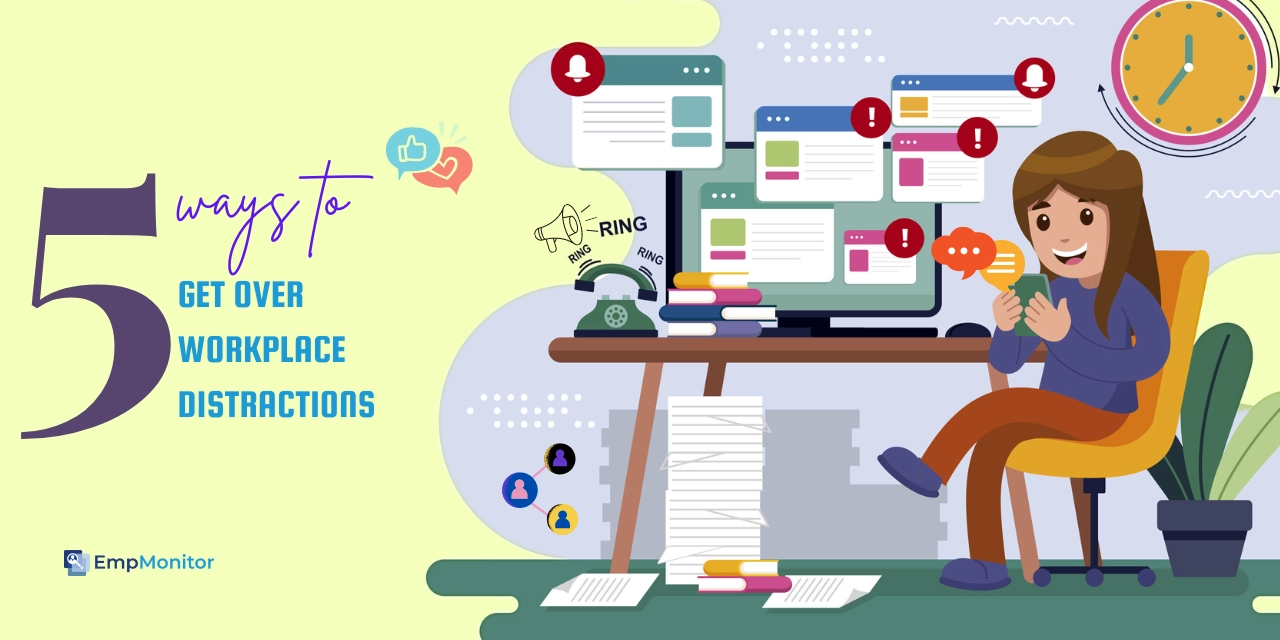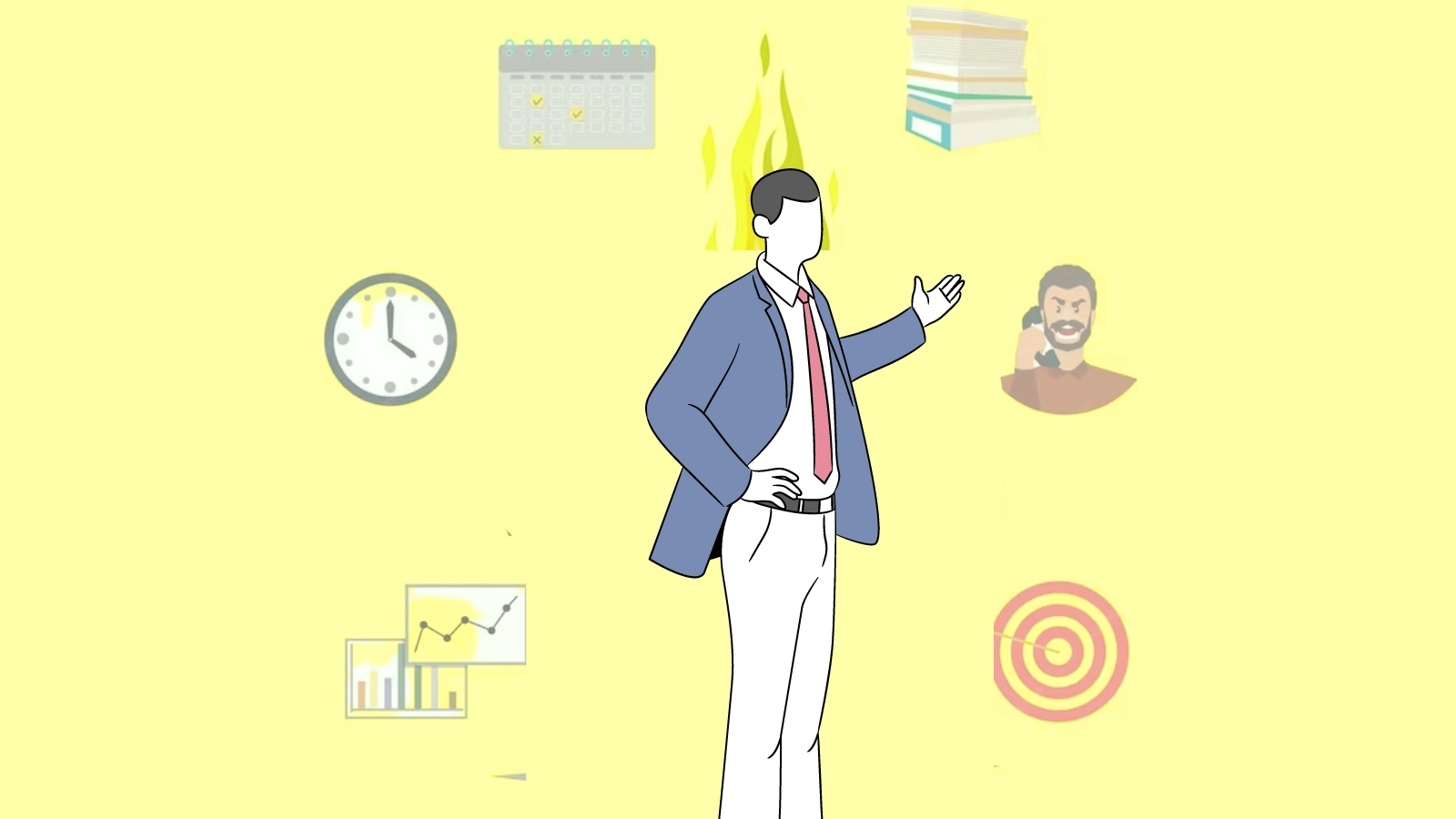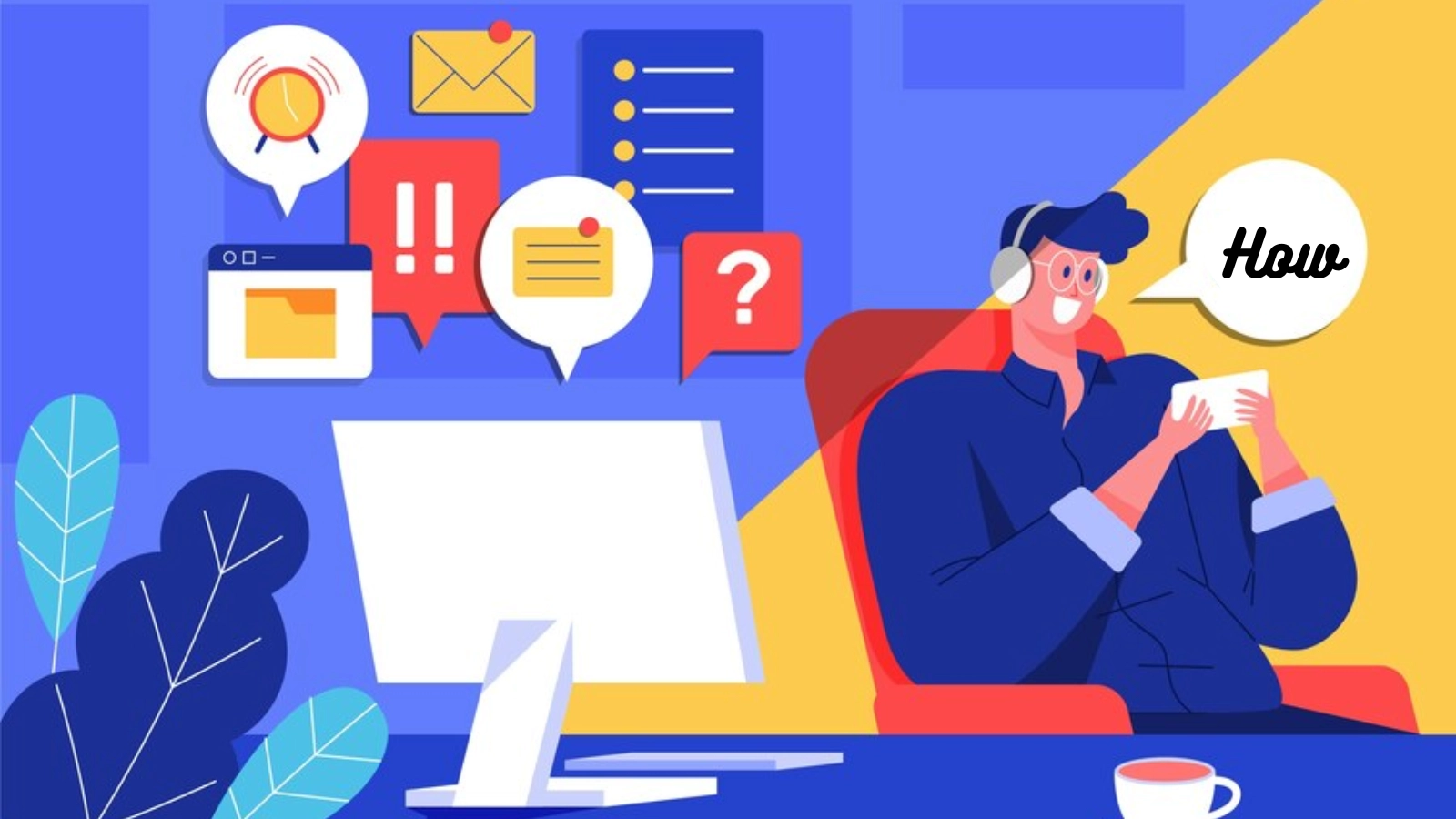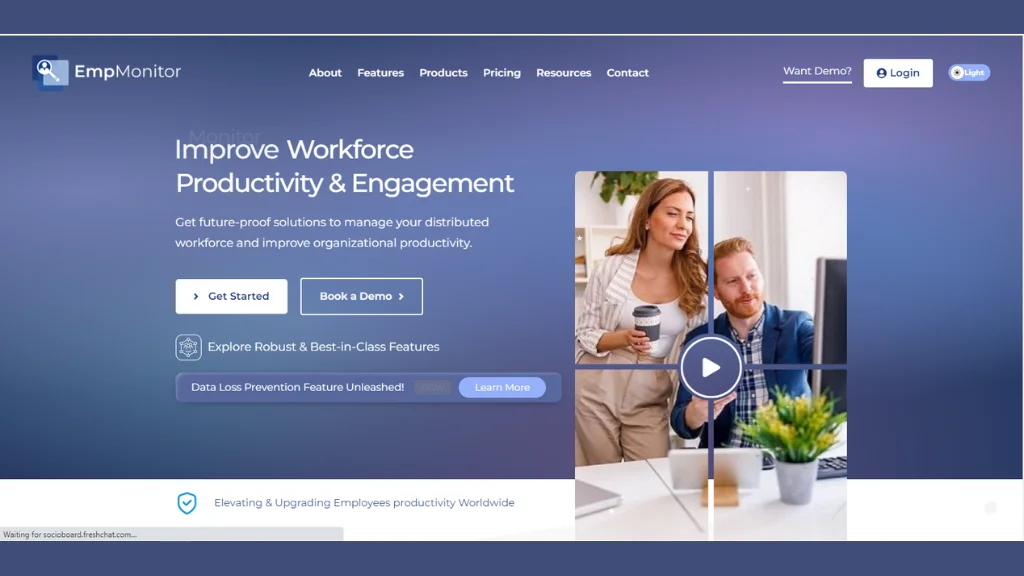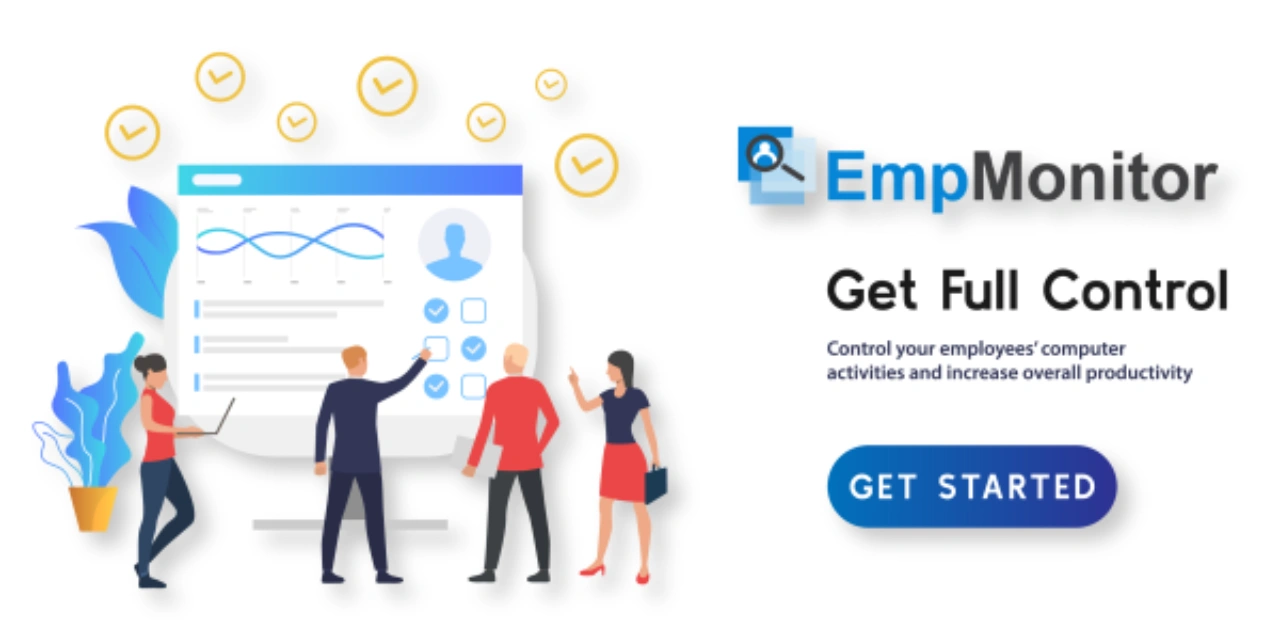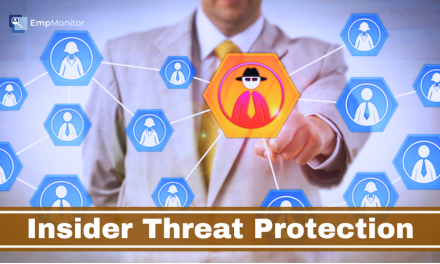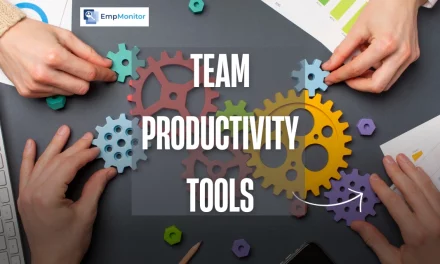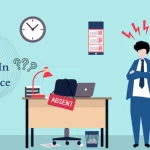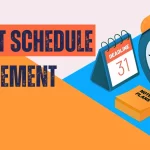Are workplace distractions impacting your team’s productivity?
Managers and employers must tackle this pervasive issue directly. In today’s fast-paced world, navigating distractions is a constant challenge, affecting efficiency and morale. But fear not! There are solutions to it. Understanding the underlying reasons and employing efficient tactics enables the creation of a motivated and concentrated workforce.
As leaders, it’s crucial to delve into the intricacies of distraction, grasping its root causes and seeking effective methods to minimize its influence.
In this blog, we are looking at distractions in the workplace. How they affect productivity and give helpful tips for managers and bosses. Let’s start fixing things to work better!
In a hurry? Listen to the blog instead!
What Is Workplace Distraction?
Workplace distractions are anything that distracts you from your work while you are supposed to be working. Its impact on workplace productivity is significant, as it can disrupt workflow, decrease productivity, and impede the quality of work produced. Managing workplace distractions requires individuals to develop strategies that enable them to maintain concentration and stay focused amidst potential disruptions.
Employers can help reduce distractions at work by making rules and methods that encourage everyone to focus better and get more work done. It may include providing employees with the necessary tools and resources to manage their workload effectively, fostering open communication channels, and offering support and training to help employees develop skills for managing distractions.
Recognizing and addressing workplace distractions is essential for increasing productivity, enhancing job satisfaction, and achieving success in the professional setting.
What Are The Prominent Causes Of Distractions At Work?
Workplace distraction generally includes internal and external factors. Here’s a deeper exploration of the common causes mentioned:
Cause-1 Hyper Connectivity
The prevalence of smartphones and constant internet access often bombard employees with notifications and updates. Access to the internet and smartphones generally leads to the temptation of checking emails, social media, and news updates, pulling attention away from work duties and causing workplace distractions.
Cause-2 Constant Meetings
While meetings are necessary for collaboration and decision-making, poorly managed or excessive meetings can disrupt workflow. Employees may feel frustrated when faced with unproductive or irrelevant discussions, leading to decreased focus on their primary responsibilities.
Cause-3 Social Media
Social media platforms present opportunities for networking, marketing, and entertainment. However, the addictive nature of social media can draw employees away from their work responsibilities. The temptation to browse through timelines or engage in online conversations is difficult to resist, especially when access to social media is readily available.
Cause- 4 Overwork
Employees may experience burnout and exhaustion when they consistently work beyond their designated hours or take on excessive responsibilities. Overwork can lead to decreased concentration, diminished cognitive abilities, and increased chances of distractions.
Cause-5 Performing Multiple Tasks
Doing multiple tasks in one go seems helpful but can make work less efficient. It is one of the prominent causes of workplace distractions. When employees juggle various projects at a time, they may need help deciding what to do first. It can result in feelings of overwhelm and stress, making it easier to succumb to distractions.
Cause-6 Lack of Motivation
Employees who don’t get interested in their work might find it hard to pay attention. Unmotivated employees may feel uninterested and disconnected, either internally or externally. It can make them more likely to get distracted and work less.
Addressing these underlying causes requires proactive measures from both employees and employers. By fostering a supportive work environment, implementing effective time management strategies, and promoting work-life balance, organizations can help mitigate workplace distractions and enhance overall productivity.
How Do Distractions Impact Productivity?
About 79% of workers report feeling distracted during the workday, while 68% feel they lack uninterrupted focus time. These distractions cause a loss in productivity. A recent study on remote work distractions found that employees in distracting environments were significantly less productive and focused.
Conversely, those in low-distraction settings felt more engaged and satisfied. American businesses lose up to $650 billion annually due to distractions. Workers also acknowledge the negative effects: 54% feel they underperform, 50% believe they’re less productive, and 20% think they can’t reach their full potential.
How To Deal With Distractions At The Workplace?
Following are the common workplace distractions and their solutions.
Distraction 1: Digital Notifications
Digital notifications, including emails, instant messages, and app notifications, can constantly interrupt workflow and derail focus. To mitigate this distraction, encourage employees to use the “do not disturb” mode during focused work periods. Additionally, establishing specific times for checking and responding to notifications can help maintain and improve employee productivity.
Solution:
Consider implementing software or tools that allow employees to batch process notifications, reducing interruptions and enhancing concentration during dedicated work sessions.
Distraction 2: Personal Phone Usage
Personal phones can be a significant source of distraction in the workplace, with frequent usage for private messages, social media, and internet browsing. Encourage employees to keep personal phones silent during work hours and limit usage to designated break times to minimize disruptions.
Solution:
Provide alternative activities or resources during breaks to avoid workplace distractions. Such as relaxation areas or wellness programs to encourage employees to disconnect from their phones and utilize the time to relax and boost their energy.
Distraction 3: Ambient Noise
Ambient noise in the workplace, whether from conversations, office equipment, or external sources, can disrupt concentration and productivity. Offer noise-cancelling headphones or establish quiet zones where employees can work without disturbances to minimize the impact of ambient noise.
Solution:
Conduct a survey or assessment to identify specific noise sources in the workplace and implement targeted solutions, such as soundproofing or rearranging office layouts, to create a more conducive work environment.
Distraction 4: Ineffective Meetings
Meetings that lack clear agendas, objectives, or participant engagement can waste valuable time and energy for employees. It also hinges on workplace distractions safety. Implementing clear agendas and goals for meetings ensures that they are productive and focused, allowing participants to maximize their contributions and derive meaningful outcomes.
Solution:
Encourage meeting organizers to circulate agendas and relevant materials in advance, enabling participants to prepare effectively and contribute meaningfully to discussions. Consider implementing meeting time limits or utilizing stand-up meetings for brief, focused discussions to optimize efficiency.
Distraction 5: Competing Priorities
Employees often face competing priorities and deadlines, leading to stress, overwhelm, and reduced productivity. Encourage employees to prioritize tasks based on urgency, importance, and available resources, allowing them to allocate time and effort effectively across various responsibilities.
Solution:
Offer training sessions or valuable resources focused on time management and prioritization techniques. It equips employees with essential skills to effectively manage competing priorities and maintain distractions in the workplace safety.
However, these days, companies employ tools such as EmpMonitor to track productivity and make managing their workforce easier. Utilizing productivity tracking software assists in pinpointing productivity bottlenecks and identifying employee distractions.
EmpMonitor
EmpMonitor is a comprehensive employee monitoring tool designed to assist employers in tracking and managing their workforce’s productivity and activities. EmpMonitor provides employers with valuable tools and insights to minimize workplace distractions, ultimately fostering a more focused, productive, and efficient workforce.
Time Tracking
Monitor employee attendance and working hours accurately to ensure accountability and compliance with company policies.
Activity Monitoring
EmpMonitor provides employers with user activity tracking. It tracks employees’ computer activities in real time. By monitoring applications used, websites visited, and time spent on different tasks, employers can identify and address distractions such as excessive social media usage, personal web browsing, or non-work-related software usage.
Screen Capture
The screen capture feature of EmpMonitor captures screenshots at regular intervals or when specific triggers occur, such as when employees type certain keywords. This visual evidence can help employers identify distractions and address them proactively.
Internet Usage Tracking
EmpMonitor tracks employees’ internet usage, including the websites they visit and the time spent on each site. It helps employers to minimize workplace distractions. Employers can look at this information to see if people are spending a lot of time browsing the internet for non-work reasons. Then, they can take steps to reduce distractions and help people focus better.
Productivity Analysis
EmpMonitor, a workforce productivity engagement software generates detailed reports and analytics on employees’ productivity levels, including time spent on productive tasks versus non-productive activities. Employers can find out which activities waste time and affect productivity. Then, they can create plans to reduce distractions and make work more efficient.
Remote Monitoring
With the rise of remote work, EmpMonitor enables employers to monitor employees’ activities regardless of location. It ensures that employees remain focused and productive even when working from home or other remote locations, reducing the potential for distractions.
Alerts and Notifications
Receive real-time alerts and notifications for suspicious activities, policy violations, or productivity deviations, enabling proactive intervention and issue resolution.
Read More
08 Tips To Improve Productivity In The Workplace
Simple Tips To Use 1-3-5 Rule To Increase Your Productivity At Workplace
How To Improve Employee Productivity | 09 Best Practices
Let’s Get Rid Of Distractions Together!!!
Workplace distractions pose significant challenges to productivity and employee focus. However, with proactive management strategies and the right tools in place, businesses can effectively mitigate the impact of distractions. EmpMonitor emerges as a valuable asset in this endeavor, offering comprehensive employee monitoring solutions to track and manage workplace distractions efficiently.
By leveraging EmpMonitor, you can attain features like activity monitoring, time tracking, and productivity analysis. The tool provides insights into employee behavior, helps identify areas for improvement, and assists organizations in empowering their workforce.
Following the advice and methods mentioned earlier, you can make your team more productive and decrease workplace distractions.

